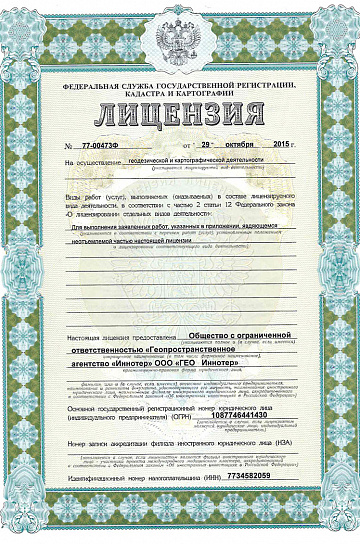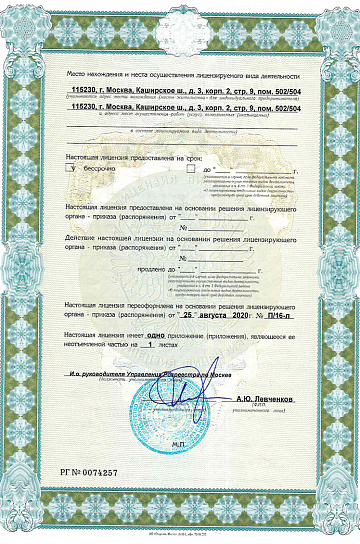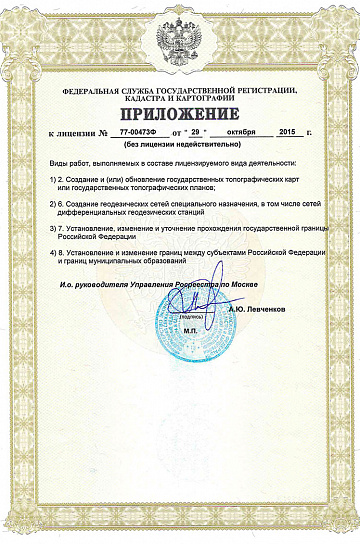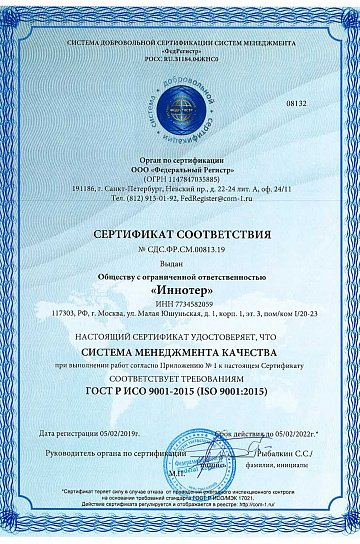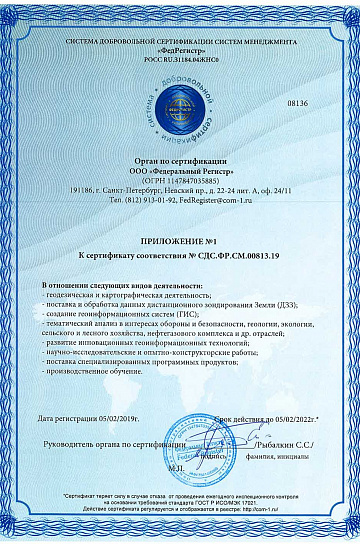Ice condition monitoring is a systematic process of collecting and analyzing information about the state of ice on water bodies (seas, oceans, lakes, rivers) to ensure safety, facilitate navigation, plan activities, and forecast the socio-economic consequences of ice conditions over a certain period of time.
Ice condition monitoring is an ongoing process of analyzing and reporting on the current state of ice on water bodies to ensure safety and provide up-to-date information. Monitoring includes providing data on ice thickness, strength, ice-covered areas, and other factors that may affect the safety and practical use of waterways during the winter period.
You can order from us
Prices for services
|
Events |
Free / Cost per Unit |
|
Consultation |
Free |
|
Preliminary Analysis |
Free |
|
Ordering Radar and Optical Imagery |
Cost of RS materials is calculated individually for each order and may vary: - use of free satellite imagery - and/or use of commercial satellite imagery * |
|
Work of Technical Specialists and Expert(s) |
From 300,000 RUB |
|
Total Cost |
From 300,000 RUB |
The price depends on the intensity and detail of the survey and is calculated individually for each client.
The cost of execution is calculated on an individual basis, taking into account a specific of task.
After receiving the task description, we calculate the cost and send you a commercial offer.
Period of execution
The completion time of the work is from 20 (twenty) working days and is calculated individually for each client.
The timelines depend on:
- the total area of the area of interest;
- availability of archived RS materials, the need for new surveys;
- requirements for RS materials, the final product.
The service delivery times depend on the complexity of the work and are calculated individually for each client.
How to place an order:
Need for consultation?
Fill the form and we will contact you
Stages of service provision
The result of the provision of services
The client receives an operational, accurate ice condition map with ice type classification, a three-day forecast of ice movement from the moment ice objects are detected upon the client's request, and radar images of the area of interest during the ordered period.
Maps are provided in PDF, GeoTIFF, and isolines (shp format).
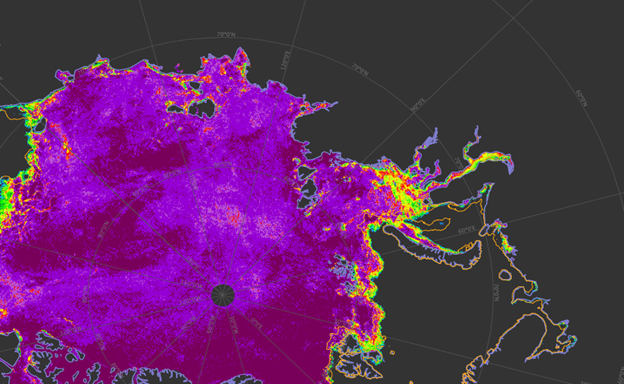
Рис. Точная карта ледовой обстановки
Requirements for Source Data
Accurate geographical coordinates of the object in the required coordinate system (specialists of GEO INNOTER LLC will refine the coordinates provided by the Client in any convenient form).
Software:
- GIS – QGIS, ArcGIS, etc.
- Processing – ERDAS, ENVI SARscape, SNAP, etc.
If it is not possible to provide the specified information, provide details on the intended use of RS materials, and GEO INNOTER LLC specialists will analyze the requirements and suggest an optimal solution to the problem.
Related services





Customers
FAQ
- Complex image (SLC) - information obtained by focusing the transmitter signal. A radar image at this level of radar processing includes two channels: a gray-scale amplitude ("panchromatic") image and a signal phase image, which is used to create digital elevation models and displacement maps of the Earth surface
- Geocoded image. A radar image is spatially referenced in a specific coordinate system. Radar images at this level of radar processing are usually delivered in GeoTIFF format.
- Ortho-transformed image. A radar image of high quality, without geometric distortion from topography. Radar space imagery at this level of radar processing is used to create cartographic materials and spatial analysis.
- C-band range satellites: HiSea-1, ChaoHu-1, RADARSAT-2, Gaofen-3, KOMPSAT-5, for ice monitoring;
- X-band range satellites: SuperView NEO, TerraSAR/TanDEM-X, Condor-FKA for ice monitoring;
- L-band range satellites: LuTan-1, ALOS Palsar-2 for ice monitoring.
More about ice monitoring requirements and suitable satellites can be found in our article.
Licenses
Warranty
We guarantee 100% service quality. Collaborating with GEO Innoter specialists eliminates risks and losses!
The presence of qualified personnel with extensive experience in specialized software allows us to guarantee timely and high-quality execution of work!
Advantages of Cooperation with GEO INNOTER
- Many years of experience;
- Direct distribution agreements with satellite imagery operators;
- Experience in projects of any complexity, both aerial and satellite;
- Availability of modern software for processing RS data;
- Significant server capacities for RS data processing;
- A team of highly professional specialists in cartography and photogrammetry.













